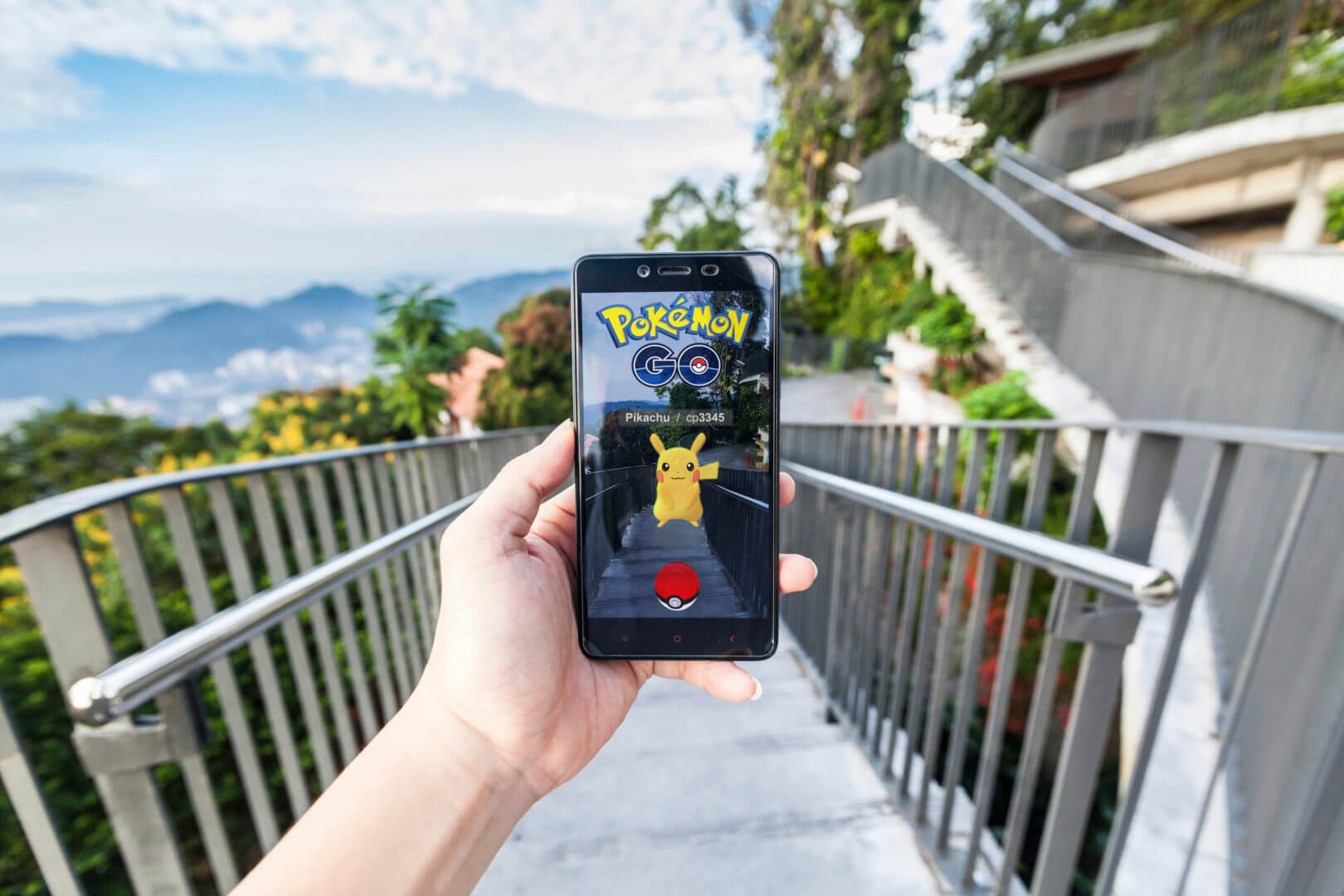Pokémon Go: The April Fools’ Joke that Turned into a Global Sensation
If the first job you were offered after graduating from the No. 1 game design program in North America was an April Fools’ joke, would you turn up your nose?
What if the prankster was Google and the joke eventually became a multibillion-dollar global obsession?
Khaled Rahman M.S. ’14, who graduated from the Department of Computer Science at USC Viterbi, was handed this very opportunity. He would manage production of Pokémon Go in its early stages and co-write the original game document, describing the game’s look and features.
Rahman joined Google shortly after graduation after presenting Bloom, a game he directed at USC’s GamePipe Lab, to none other than the brains behind Pokémon Go — John Hanke, the founder of Niantic Inc., which was created at Google and spun out of the company last year. It was Hanke’s insatiable curiosity about the world around him and Niantic’s deep knowledge of maps, along with its mantra “adventures on foot with others,” that made up the hybrid DNA of Pokémon Go.
“It couldn’t have happened anywhere but at Niantic,” Rahman said.
The internet giant planted the seed on April Fools’ Day in 2014. On that day, Google released a game that had users search Google Maps for Pokémon in the style of “Where in the World Is Carmen Sandiego?” The little pocket monsters popped up as icons on the classic map screen, the same way restaurants and theaters do.
“You couldn’t actually interact with the characters,” Rahman explained. “To catch one, you’d just tap on it, the same way you drop a pin on a coffee shop.”
The gameplay also featured a video showcasing backpacking adventurers hunting Pokémon in the wild using Google Maps. Its goal, the company said, was to hire the world’s best “Pokémon Master” — because it valued technically savvy risk-takers who can “navigate through tall grass to capture wild creatures.”
Hanke fell in love with the idea and charged Rahman and the Niantic team at Google with turning the Pokémon joke into a breakthrough for augmented reality (AR), a growing field that involves layering digital images onto real-life settings.
“Health was totally a priority,” Rahman said. “AR appeals to very different markets than virtual reality and traditional gaming. There’s some intersection, but VR is pretty stationary. You either sit in a chair or stand. Our message was, ‘Get off the couch, go explore the world, interact with your environment.’ Games are a great motivator for that.”
As optimistic as Rahman was about the game during its initial phases, even he couldn’t fully imagine the magnitude and worldwide impact the game would have just weeks after its launch.
According to the tech news source Venturebeat, Pokémon Go generated approximately $35 million in revenue within its first two weeks of release. The game brings in $2 million each day from iPhone users alone and has shot to the top of the app world charts. Meanwhile, Nintendo’s value doubled to more than $42 billion, making it more valuable than rival Sony for the first time in two years.
But for Rahman, the real thrill is seeing the power of games affect people in a positive way.
“The stories pouring in are incredible,” he said. “People who had difficulty walking outside or didn’t socialize are doing much more of that now with the help of location-based gaming.”
This fall, Rahman will return to USC GamePipe Lab to give back. Apart from his ongoing work at Google, he will teach “Advanced Game Development,” a USC Viterbi graduate-level class that takes students through all the steps needed to build a high-quality prototype.






